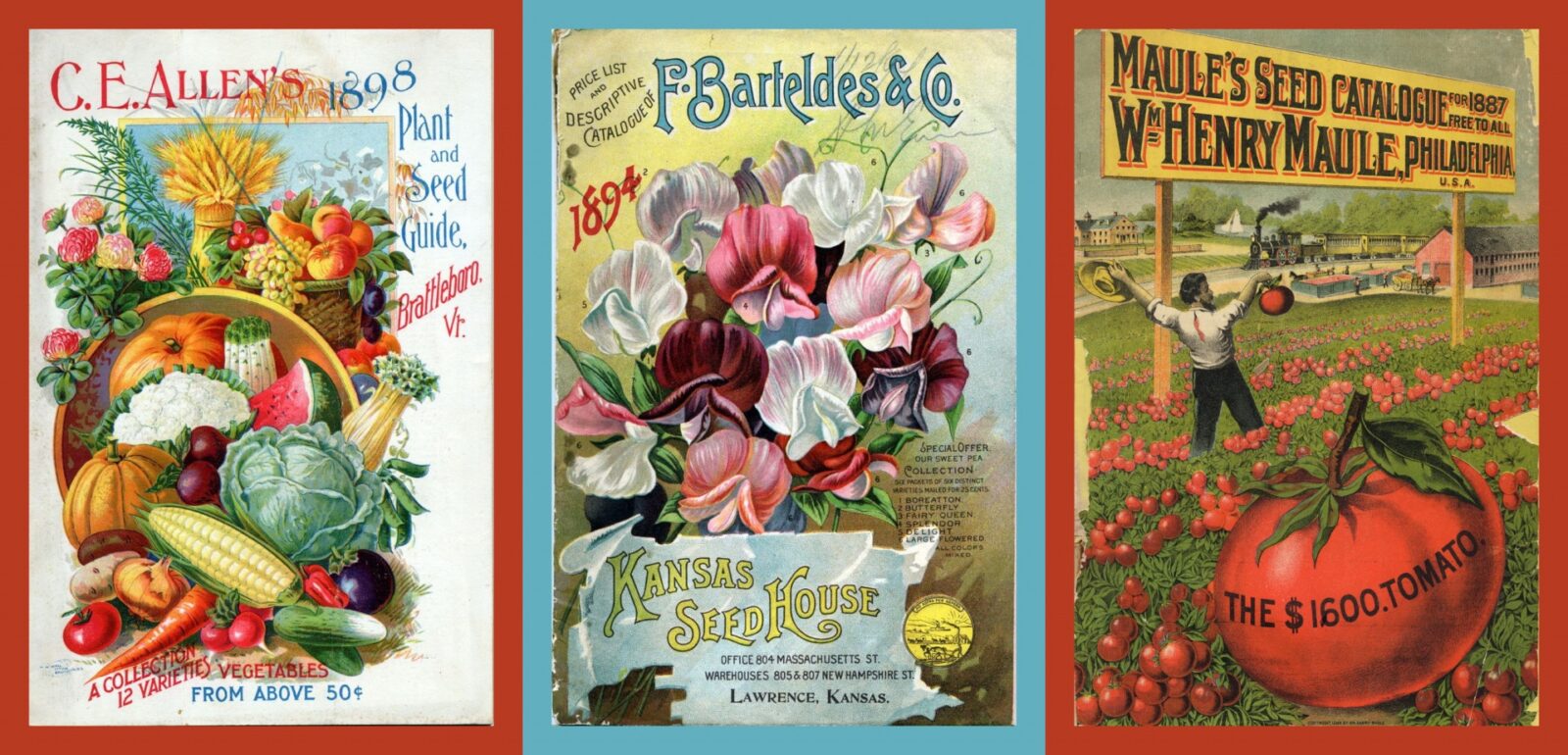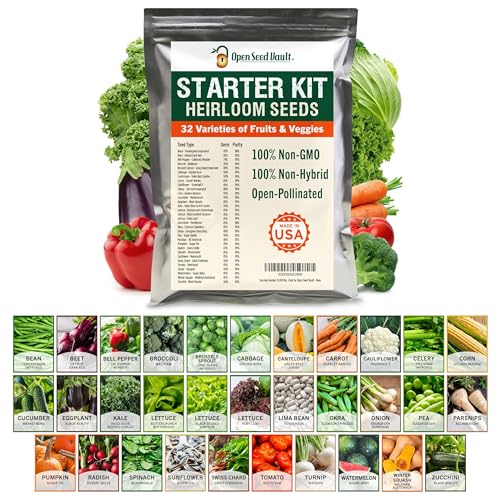Did you remember to stock up on seeds back in the spring when everyone was selling them? If you did, you may be wondering how long do seeds last. And if you didn’t, do you know if the ones you purchased last year will still germinate?
How long do seeds last after you’ve purchased them? Depending on how they’re stored, vegetable and flower seeds can last from two to five years and still be viable. Some of the longest-lasting seeds include cucumbers and lettuce. Seeds with a shorter life span include sweet corn and peppers.
So, if you’ve discovered some seed packets you purchased last year or even a couple of years ago, you may be in luck. You can also test them out and see if they’ll germinate before you start double-digging your garden beds.
How Long Do Seed Last: Seed Viability Chart
One of the most frustrating parts of gardening in the South is that by the time our fall and winter planting season comes around, no one is selling seeds locally anymore. It seems that every garden center has been turned into Santa’s Workshop.
So, you’ll need to buy them early in the year if you want fresh seeds to plant in the fall and winter.
But what if you didn’t get all the seeds you wanted back in March? Will the ones you purchased a year ago – or even two years – still grow?
Let’s take a look at how long do vegetable seeds last in packets in the seed viability chart:
Seed Viability Chart
How long to store seeds.| Arugula | 3 |
| Asparagus | 3 |
| Beans | 3 |
| Beets | 4 |
| Brocolli | 3 |
| Cabbage | 4 |
| Carrots | 3 |
| Cauliflower | 4 |
| Celery | 5 |
| Collard greens | 5 |
| Cucumbers | 5 |
| Eggplant | 4 |
| Endive | 5 |
| Kale | 4 |
| Lettuce | 5 |
| Okra | 2 |
| Peas | 3 |
| Peppers | 2 |
| Pumpkins | 4 |
| Radish | 5 |
| Rutabagas | 4 |
| Spinach | 3 |
| Squash | 4 |
| Tomatoes | 4 |
| Turnips | 4 |
| Watercress | 5 |
| Watermelon | 4 |
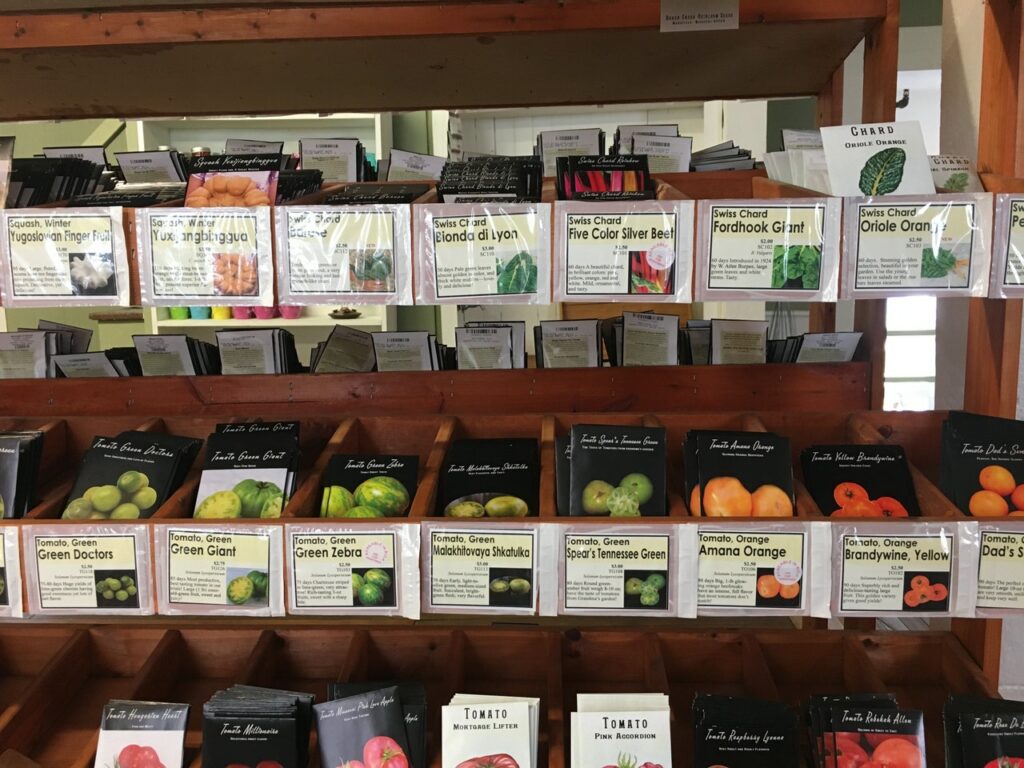
How Long Do Seeds Last: Seed Packet Dates
When you buy seeds, you’ll see that the company has printed the expiration date on the packed somewhere. However, this is the date that retailers need to remove them from the shelves.
And you don’t want to spend time preparing your vegetable beds only to find out that your seeds aren’t viable. Having an expiration date on the packet gives you an idea of the likelihood of germination.
- ASSORTMENT – 35 easy to grow vegetable varieties and over 16,000 seeds. All non-GMO and heirloom varieties. Our survival pack includes lettuce, beets, carrots, onions, squash, zucchini, tomatoes, peppers, broccoli, peas, beans, and more. Complete gardening kit for growing your home garden.
- Heirloom Seeds for Planting: Non-GMO, open-pollinated heirloom vegetable seeds; ideal for planting vegetables and fruits; these seeds are raw, untreated, and never sourced from Monsanto
Seed Storage Factors
How long your seeds stay viable in storage depends on a couple of factors. The first consideration is what type of seed it is. Some seeds simply have a longer shelf life.
Another factor is how you’ve stored them. Conditions like temperature and humidity play ab big role. Dry, dark, and cold conditions will help you keep your seeds viable for a longer period.
How Long Do Flower Seeds Last in Packets
Annual flower seeds are some of the most delicate of all the seeds. So, it’s important that you store your flower seeds properly. However, most will only be good for a year. You can also try the germination test on them, just in case.
Perennial flower seeds last from two to four years.
How Long Do Herb Seeds Last
Herb Seed Viability Chart
How long to store herb seeds.| Basil | 5 |
| Chives | 2 |
| Cilantro | 2 |
| Fennel | 3 |
| Oregano | 4 |
| Parsley | 2 |
| Sage | 4 |
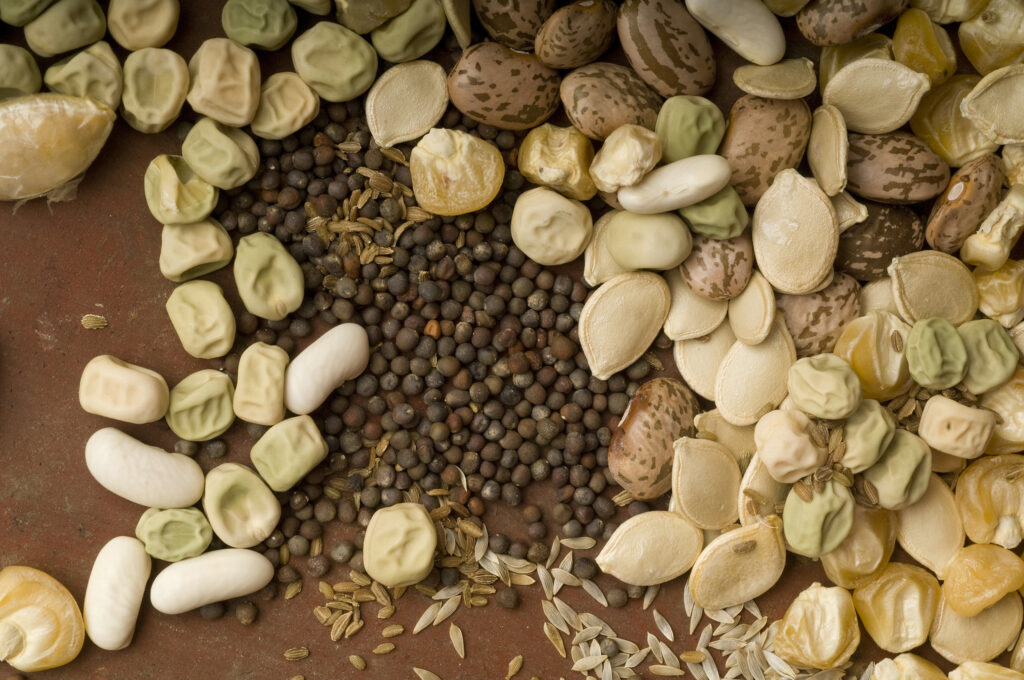
Image CC by 2.0 SA by Lynn Ketchum via Oregon State University
How To Store Seeds
To make the most of your seed purchases, store them correctly. Remember: Cool, dry, and dark conditions will keep them alive the longest.
So, whether you collect seeds from your garden or like to stock up on sales, you should:
- Make sure the seeds are completely dry.
- Place your seeds inside a paper envelope with the name and date marked
- Place the paper envelope inside an air-tight container
- Put the container somewhere where they’ll stay cool and dark.
Some additional tips for seed saving techniques:
Adding a desiccant to your air-tight container can help keep the moisture level below 10 percent.
You can refrigerate your seed container, but don’t freeze your seeds.
How to Save Seeds
Saving seeds from your garden can help you save money. And it’s especially useful when you find a vegetable or flower that does particularly well for you. But first, you should know which seeds you can save.
Heirloom Seeds
Seeds from heirloom flowers and vegetables are your best bet if you want to save seeds. That’s because they’ll be the most like the parent plant.
You’ll need to let your plants go to seed – which means vegetables will go past their best-to-pick stage. For flowers, you’ll get seed pods that begin to dry up and turn brown.
Because they may drop before you can harvest them, put a small paper bag or net bag over the seed pods to catch them.
Seeds from Hybrids
Hybrid plants have been bred to alter them from their original form. That’s not the same as GMO, though, so you don’t have to be concerned.
Some have been bred to improve their flavor – such as varieties of sweet corn.
Others have been bred to improve their resistance to diseases or pests.
Unfortunately, seeds from hybrid plants are rarely viable. They won’t grow to form or may not grow at all.
When you first purchase your seeds, check the packet label to see if they’re a hybrid or not.
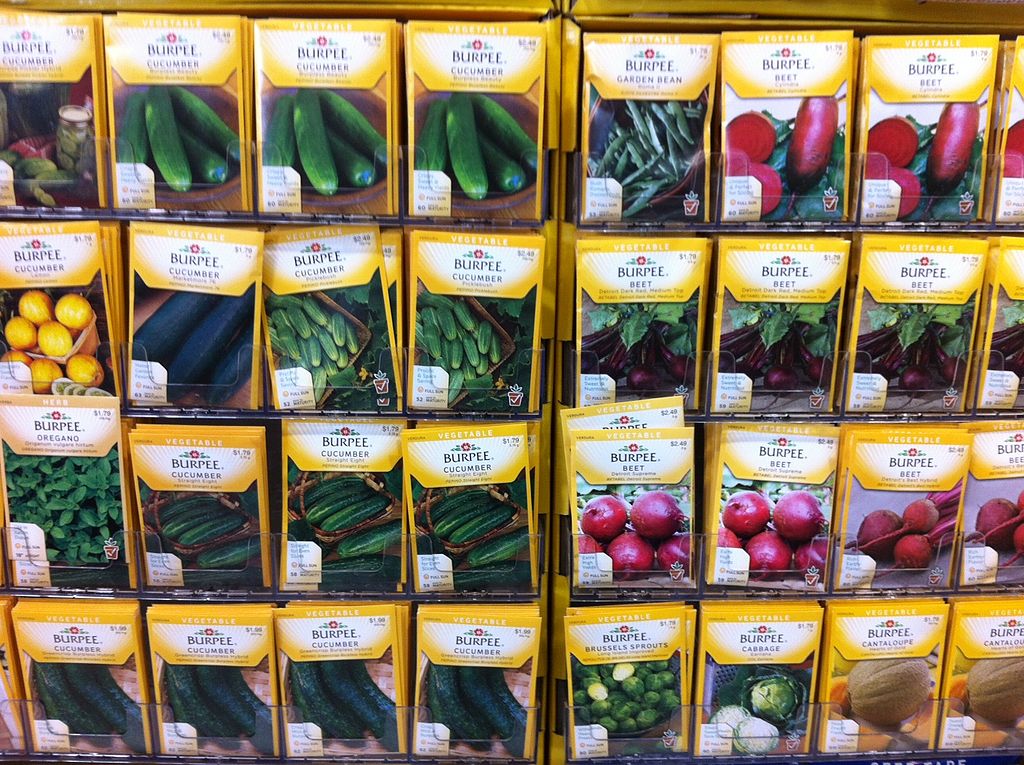
Seed Germination Test
While you now know that seeds can last for many years, you may want to test them out before dedicating a portion of your precious garden space.
It’s pretty easy to check them following the method below:
- Choose 10 seeds and lay them in a row on a paper towel that you’ve damped with water
- Carefully fold the paper towel over them and then roll them up so that they don’t touch.
- Place the paper towel in a plastic zip bag and close it.
- Put the bag in a warm, well-lighted place like a windowsill
- Carefully unroll the paper towel after five days to check for germination.
- Dampen the towel by spraying it with water and reroll.
- Roll the paper towel back up and put it back in the bag
- Keep checking the seeds every couple of days
- After two weeks, count how many of your seeds have germination.
The final number is the percentage of the germination rate, times 10. So if six out of 10 seeds began to sprout, your germination rate is 60 percent.
You can still use the seeds, but you may want to compensate for the low germination rate. So, if you normally put one seed in a starter tray cell, use two for extra insurance.
You may want to purchase new seeds, however, if the germination rate is very low. Keep in mind that the germination rate for some plants (particularly wildflowers or exotics) can be lower than more commonly used and commercial seeds.
Seed Float Test
Some people swear by the “float test,” although I’ve only used it with morning glories and moonflowers.
When you’re ready to plant your saved seeds, first put them into a small cup of water. Put them in one at a time and then let them sit overnight.
After 24 hours, check the seeds – the viable seeds will sink to the bottom of the bowl. The “bad” ones will float.
Remove the floaters and then plant the seeds that sank immediately. You can put them in peat pods or starter cells if you’re not ready to sow outdoors.
Starting Old Seeds
It pays to remember that even when an old seed germinates, you may not get a healthy plant from it. So, if your seeds are beyond the storage dates in the seed viability test, you should probably just get new seeds. Even if they did germination when you tested them.
If you start your seedlings two or three months before planting them out, you should have plenty of time to weed out any that may not produce well.
So, How Long Do Seeds Last?
Saving your seeds is a good way to save money while identifying those sure-fire winners that thrive in your particular climate and soil.
If you’re like most gardeners in the South, you know that sometimes you have to stock up in early spring on seeds you won’t be planting until December. So, make sure you know how to save seeds by keeping them in an air-tight container in a cool, dry, place.
While expiration dates on your seed packets are generally helpful, they’re not the end of the story. If you’re not sure whether your seeds are viable, just give them the germination test.
Image CC1.0 via Public Domain Pictures
Last update on 2024-10-22 / Affiliate links / Images from Amazon Product Advertising API
This product presentation was made with AAWP plugin.
